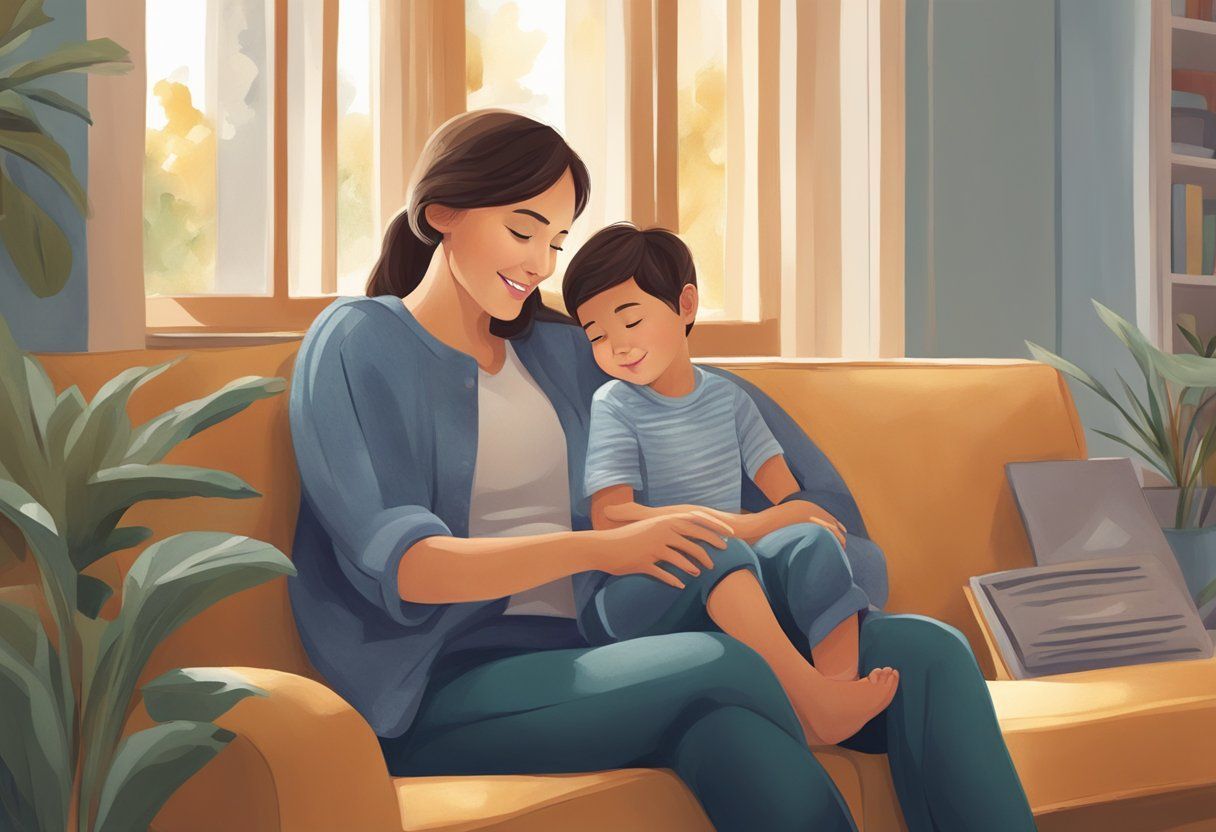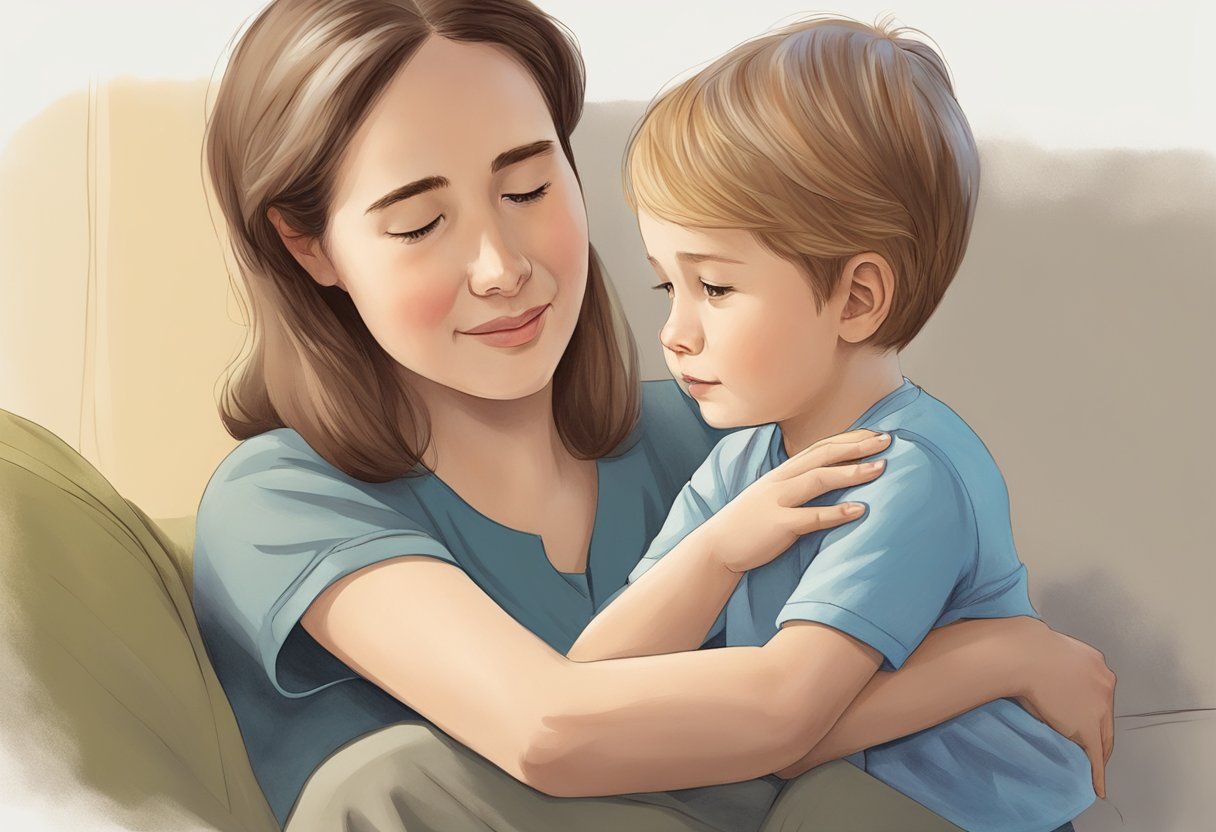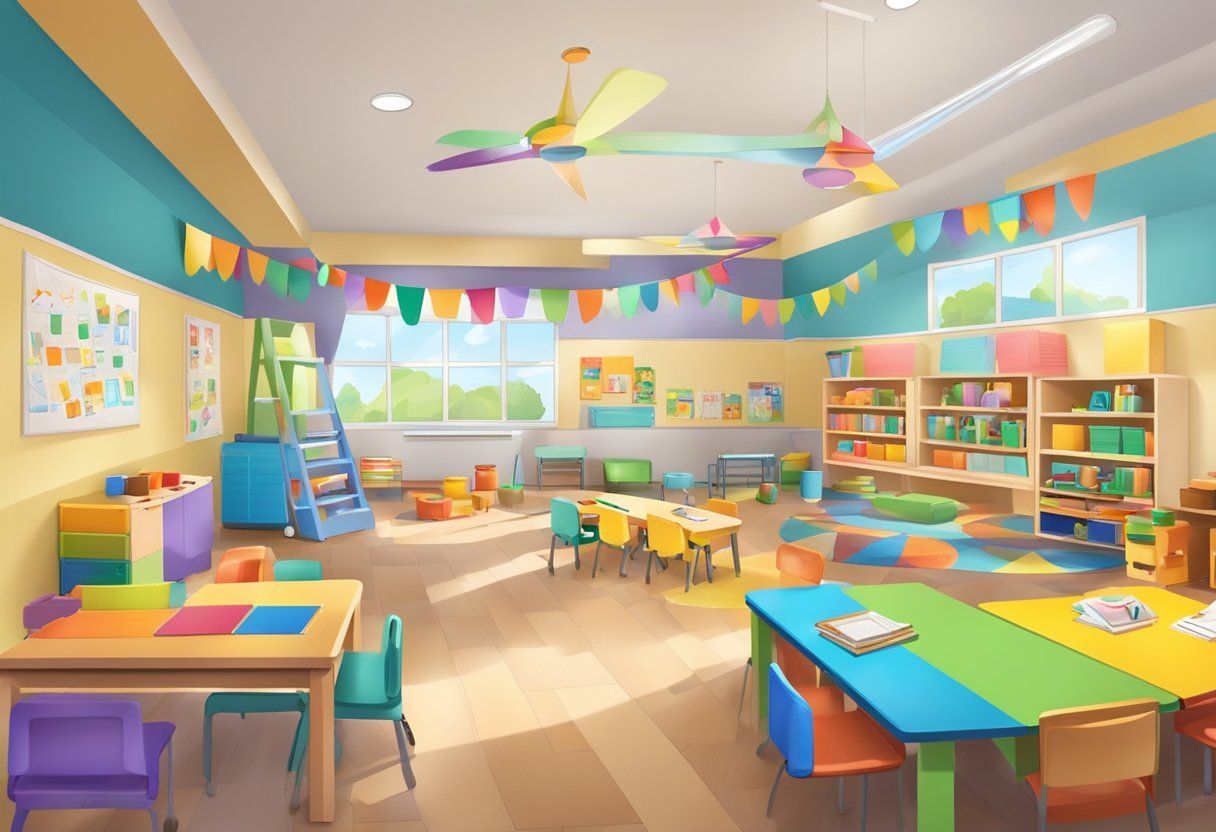BLOG
Categories
The Importance of Attachment in Parenting Adopted Children: Building Secure Family Bonds
Understanding Attachment in Adopted Children
Attachment plays a vital role in the development of adopted children. It affects how they form relationships and see themselves.
Secure attachments can impact their behavior, self-esteem, and emotional growth.
Attachment Theory and Adoption
Attachment theory explains the bonds that children form with their caregivers. When children are adopted, these bonds might develop differently.
Adopted children may have experienced multiple caregivers or environments, which can affect their ability to trust and form secure attachments. When adoptive parents provide consistent care and support, it increases the chances of developing secure attachments.
This stability helps adopted children feel safe and valued, which is crucial for their emotional and social development. Being aware of attachment theory can help adoptive parents understand their child's needs better.
Attachment Patterns and Behaviors
Attachment patterns refer to how children relate to their caregivers and can be secure or insecure. Secure attachment is marked by trust and comfort with caregivers.
In contrast, insecure attachments may include anxious or avoidant behaviors. The "Strange Situation" is a common method of assessing these attachment behaviors.
By observing reactions to a caregiver's absence and return, researchers can identify attachment styles. Understanding these patterns helps parents address any issues in bonding.
Recognizing attachment behaviors allows parents to make adjustments that support a child's emotional health and strengthen the parent-child relationship.
Differences in Infant and Older Child Attachment
Infants are more likely to develop secure attachments if they receive constant and nurturing care from a young age. Early experiences help build trust and comfort with caregivers.
These early bonds are crucial for their future relationships and emotional development. Older adopted children might have more complicated attachment issues due to past experiences.
They may have faced changes in caregivers or environments. Adjusting to a new family can therefore be more challenging.
Adoptive parents can support these children by being patient, consistent, and nurturing. With time and effort, these older children can develop healthy attachments and feel secure in their new family environment.
Building Secure Attachments in Adoptive Families
In adoptive families, creating strong bonds requires consistent and nurturing practices. Developing trust and emotional safety are key, as is establishing routines and rituals that offer stability and security.
Bonding Strategies for Adoptive Parents
Adoptive parents can nurture attachment bonds through intentional bonding activities. Skin-to-skin contact activities like swimming can increase closeness and comfort.
This kind of physical contact can help children feel secure and loved. Use simple and fun activities to connect emotionally.
Playing games together or reading books allows for shared enjoyment and communication, strengthening your connection. Be consistent and supportive in your interactions, showing patience and understanding as you build trust and emotional closeness.
Facilitating Trust and Emotional Safety
Trust is the foundation of a secure attachment. Create an environment where your child feels safe by being reliable and predictable.
Respond promptly to their needs and show empathy and care in your reactions. Modeling calm and predictable behavior will help your child feel secure.
Encourage open communication, where they feel comfortable expressing their feelings and concerns. When your child knows that their emotions are respected and addressed, their sense of trust in you deepens.
Importance of Routines and Rituals
Establishing routines provides a sense of structure and safety. Regular routines like a bedtime ritual can offer predictability, helping children feel safe and secure.
Predictability helps children know what to expect, reducing anxiety and fostering a sense of belonging. Incorporate family rituals to celebrate togetherness.
Whether it’s a weekend family meal or a simple daily activity, these routines reinforce your connection and provide shared enjoyment. Consistent practices ensure your child feels valued and part of the family, strengthening attachment bonds over time.
Challenges in Attachment for Adopted Children
Adopted children often face unique challenges in forming secure attachments. They may struggle with emotional development due to past trauma and neglect, which can lead to attachment disorders and difficulties.
Understanding these challenges can help provide the necessary support to foster healthier parent-child relationships.
Impact of Trauma and Neglect
Past trauma or neglect can deeply affect an adopted child's ability to form secure attachments. Children who have faced neglect may struggle with basic trust, making them anxious or avoidant in their relationships.
The effects of trauma are highly individual, but common impacts include fear, anxiety, and difficulty managing emotions. These emotional responses can be a barrier to forming healthy attachments.
Importantly, early intervention and understanding help address these struggles and create a supportive environment for healing.
Identifying Attachment Disorders
Identifying attachment disorders is crucial for providing appropriate support to adopted children. A Reactive Attachment Disorder (RAD) may manifest in children who have experienced extreme neglect or inconsistent caregiving.
Symptoms can include difficulty experiencing comfort, problems with social interaction, and controlling emotional outbursts. Disorganized attachment is another potential disorder where children show confused or contradictory behavior towards caregivers.
Observing these signs early helps in diagnosing and addressing these disorders effectively.
Effects of Complex Trauma on Emotional Development
Complex trauma can leave lasting effects on a child's emotional development, disrupting their ability to regulate emotions and form healthy relationships. It often stems from repeated traumatic events, such as ongoing neglect or abuse.
These experiences can lead to issues like grief, anxiety, or emotional outbursts that complicate attachment formation. Working closely with mental health professionals to create a supportive and understanding environment is critical for fostering emotional growth.
Providing emotional support can help mitigate these negative impacts and promote better emotional development.
Parenting Approaches to Support Attachment
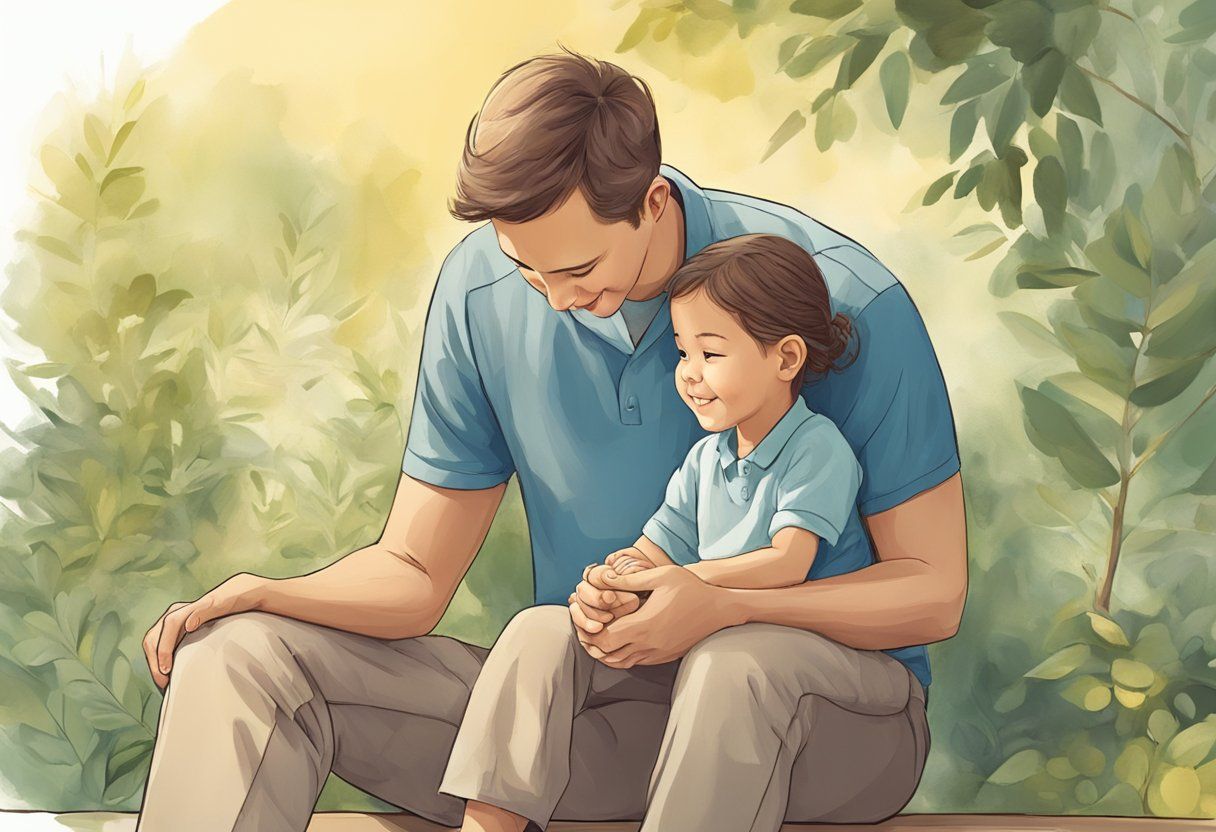
Fostering a secure attachment in adopted children requires specific approaches. You need to focus on discipline techniques that help build trust, therapeutic methods that involve professional support, and ways to nurture social skills and resilience.
Attachment-Focused Discipline Techniques
Using consistent and nurturing discipline techniques helps build trust between you and your child. Establish clear rules and follow them, as predictability aids in fostering a sense of security.
When dealing with challenges like tantrums, aim for understanding rather than punishment. Respond calmly, offering comfort and explaining emotions to encourage empathy and positive behavior.
Instead of reacting with frustration, use these situations as teaching moments. Encourage them to express their feelings, which strengthens attachment bonds.
Emphasize positive reinforcement, rewarding good behavior to inspire changes. This approach supports cognitive development and strengthens the parent–child relationship over time.
Therapeutic Parenting and Professional Support
Adopted children often benefit from therapeutic approaches to address unique emotional needs. Working with a family therapist can support both you and your child in developing secure bonds.
These professionals provide guidance tailored to the specific challenges faced in adoption, fostering attachment bonds. Embrace a therapeutic parenting style, which focuses on building a structured, nurturing environment.
This involves being emotionally available and attentive, meeting the child's emotional and physical needs consistently. Seeking attachment-focused treatment when necessary can help address more profound attachment issues, giving your child the tools needed to trust and engage positively with their environment.
Encouraging Social Competence and Resilience
Helping your child develop social skills and resilience is crucial for their emotional growth. Encourage participation in activities that promote interaction with peers, such as sports or group classes.
This involvement builds confidence and a sense of competence, enhancing emotional and social skills. Education plays a pivotal role here.
Discuss and teach appropriate social behaviors and how to handle different situations. Encourage role-playing games, which improve empathy and understanding.
These experiences help your child become more adaptable, resilient, and capable of forming secure attachments with others.
Fostering a supportive environment aids in transitioning from foster care or international adoption, allowing your child to truly feel part of the family.
Frequently Asked Questions

Understanding and fostering attachment in adopted children is crucial. Learn about common attachment issues, how they can manifest, and practical ways to support secure bonds.
What are the signs of attachment disorder in adults who were adopted as children?
Signs may include difficulty trusting others, forming healthy relationships, or managing emotions. Adults might also experience anxiety, depression, or a persistent fear of rejection.
Understanding these signs can help in seeking appropriate support.
How does attachment theory apply to adopted children and their families?
Attachment theory suggests early bonds affect future relationships. In adoption, creating secure attachments can help children feel safe and valued.
This bonding process is key to emotional and social development, providing a foundation for lifelong connections.
What strategies can help build a secure attachment with an adopted child?
Consistent caregiving, emotional availability, and sensitivity to the child's needs are essential. Spending quality time together, maintaining routines, and offering reassurance can foster trust.
Engaging in play and open communication can also strengthen the parent-child bond.
What is reactive attachment disorder and how can it manifest in adopted children?
Reactive attachment disorder (RAD) involves difficulties in forming stable attachments. Symptoms may include withdrawal, lack of response to comfort, and difficulty in connecting emotionally.
These behaviors arise from early trauma or inconsistent caregiving before adoption.
How can parents address attachment issues in young adults who were adopted?
Encourage open dialogue about feelings and their past experiences. Professional therapy can help in dealing with unresolved attachment issues.
Building trust and providing a supportive environment where the young adult feels understood and accepted is vital.
What are some ways to tell if an adopted child has developed a healthy attachment to their adoptive parents?
A securely attached child seeks comfort from parents in distress. They share positive interactions and demonstrate trust.
They may also show affection spontaneously. Responding well to nurturing and attentive care indicates a strong emotional connection with their adoptive parents.
RECENT POSTS
Bringing and keeping families together!





